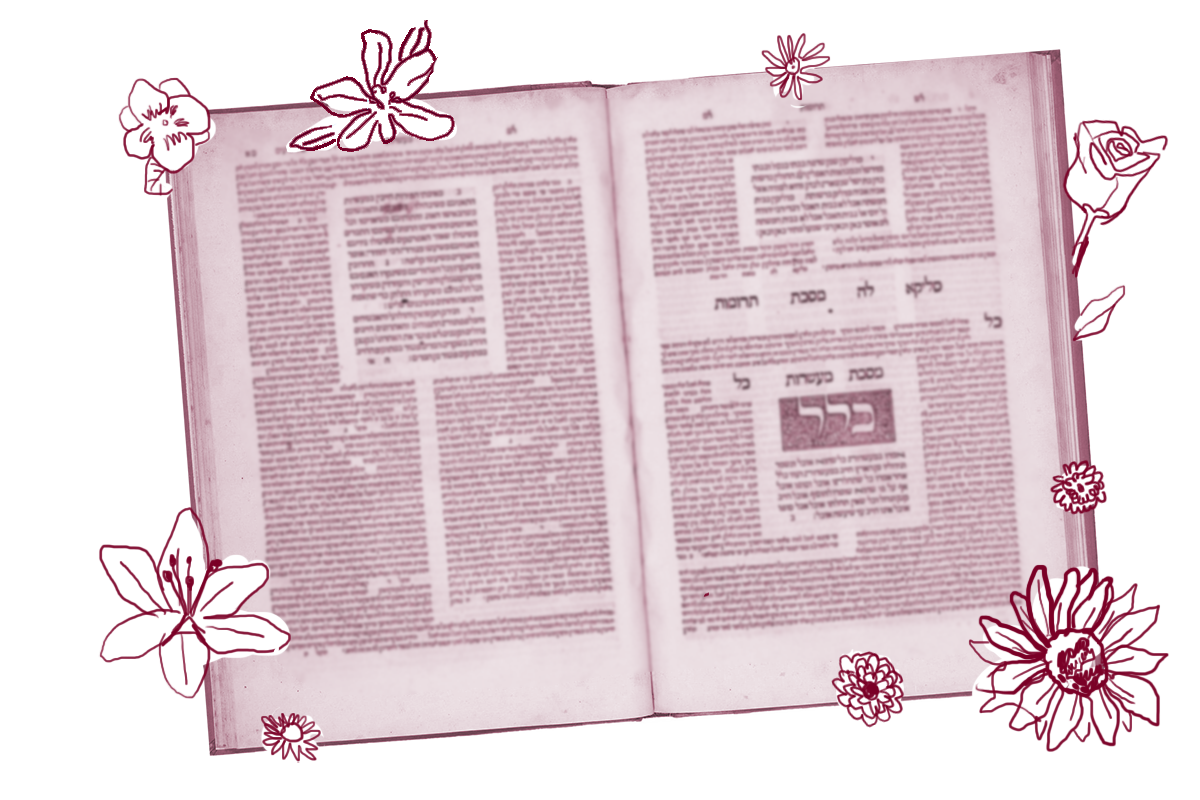For the past few days, we have been discussing the typical process for removing hametz on the morning before Passover by burning it. But that’s not our only option. Referring back to the final clause of the mishnah we began on page 21a, the Gemara teaches:
It was taught in the mishnah: “And the Rabbis say that leavened bread need not be burned; rather, one may even crumble it and throw it into the wind or the sea…” We also learned in a mishnah (Avodah Zarah 43b) with regard to idolatry in a case like this that “Rabbi Yosei says: He may grind the idol and throw the dust into the wind or cast it into the sea.”
Here, the rabbis affirm that even though we usually dispose of hametz by burning, a person can in fact fulfill this mitzvah by crumbling up the remaining hametz and tossing it into the wind or water. This seems like a logical alternative: the hametz is not only removed from a person’s possession but rendered inedible and unusable. But why does the Gemara compare this act to the destruction of an idol?
We’ve seen that sometimes in rabbinic thought hametz is compared to sin. It turns out that there is a mystical tradition equating hametz specifically with the sin of idolatry. The Zohar, Judaism’s foremost mystical text, takes note of two juxtaposed verses in Exodus. Exodus 34:17 prohibits idolatry and 34:18 commands Israel to keep the Feast of Unleavened Bread (Passover). Accordingly, the Zohar concludes: “Whoever eats hametz on Passover it is as if he prayed to an idol.” (2:182)
We all know how important bread is. Bread is what makes lunch into a meal, allowing us to say Birkat Hamazon. Bread is called the “staff of life.” The poet Omar Khayyam tells a lover that all he needs is “a jug of wine, a loaf of bread and thou.” Throughout the ages, bread was thought to be the one thing we couldn’t do without. And along come the laws of Passover, telling us that not only can we do without bread for a week, but we are commanded to give up all the bread that we own, including the dough starter so necessary for leavening future batches, and have faith that God will restore leavening (and therefore bread) after the holiday.

Help us keep Jewish knowledge accessible to millions of people around the world.
Your donation to My Jewish Learning fuels endless journeys of Jewish discovery. With your help, My Jewish Learning can continue to provide nonstop opportunities for learning, connection and growth.
Idolatry held a similarly central place in the ancient world. Even the biblical matriarch Rachel deems her household idols to be so important that she hides them under her cushion rather than returning them to her father Laban. (Genesis 31:34) Smashing idols might well have felt like an impoverishment, like giving up bread.
In this way, the Gemara positions the disposal of hametz as a particularly strong act of allegiance to God. So when you take your last bite of cinnamon roll early in the morning on Erev Passover — or whatever your family’s traditional “last meal” might be — be proud that by finishing up your hametz you aren’t just getting ready for Passover, you’re making a much more powerful statement of faith.
Read all of Pesachim 28 on Sefaria.
This piece originally appeared in a My Jewish Learning Daf Yomi email newsletter sent on December 19th, 2020. If you are interested in receiving the newsletter, sign up here.



